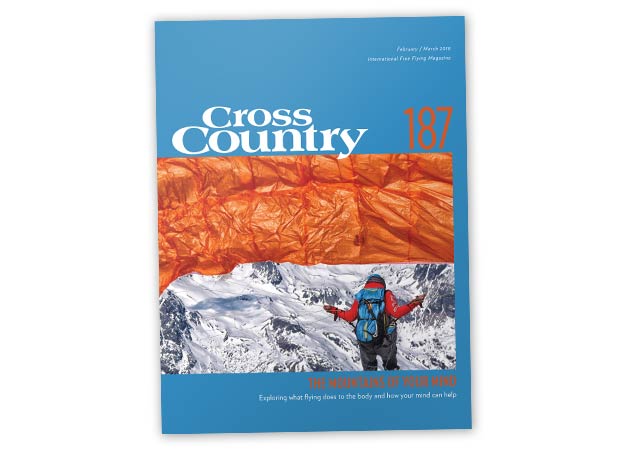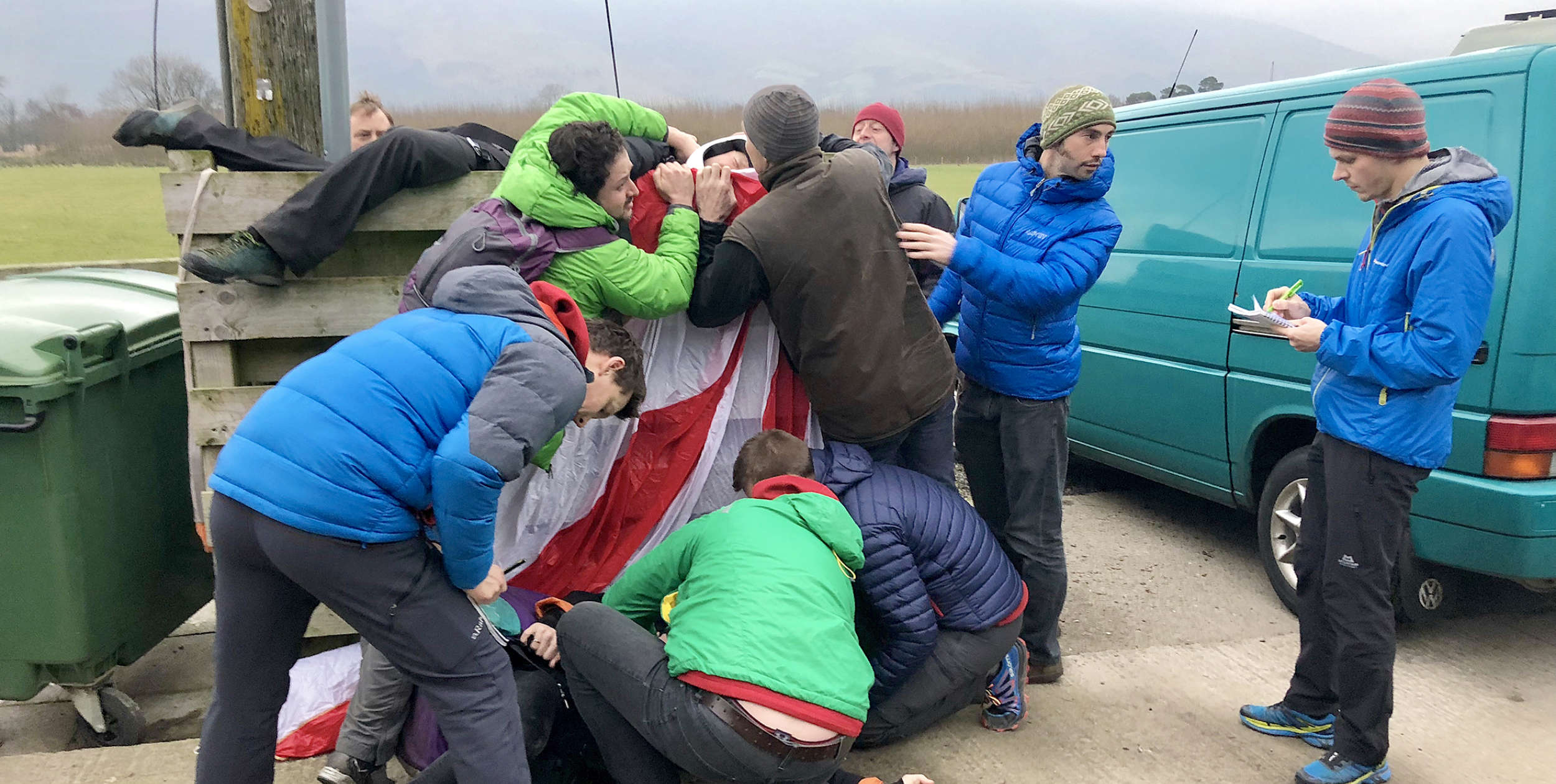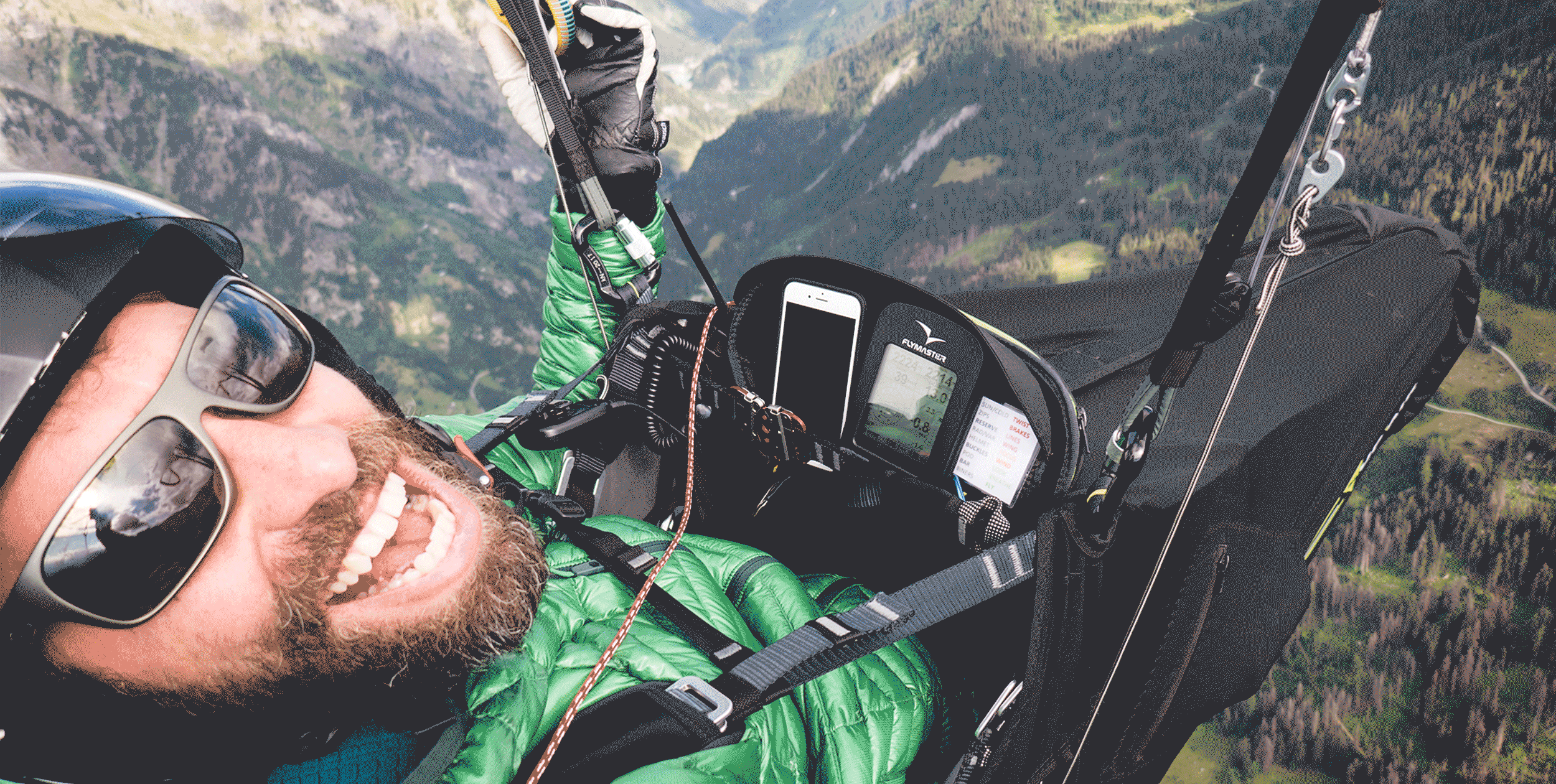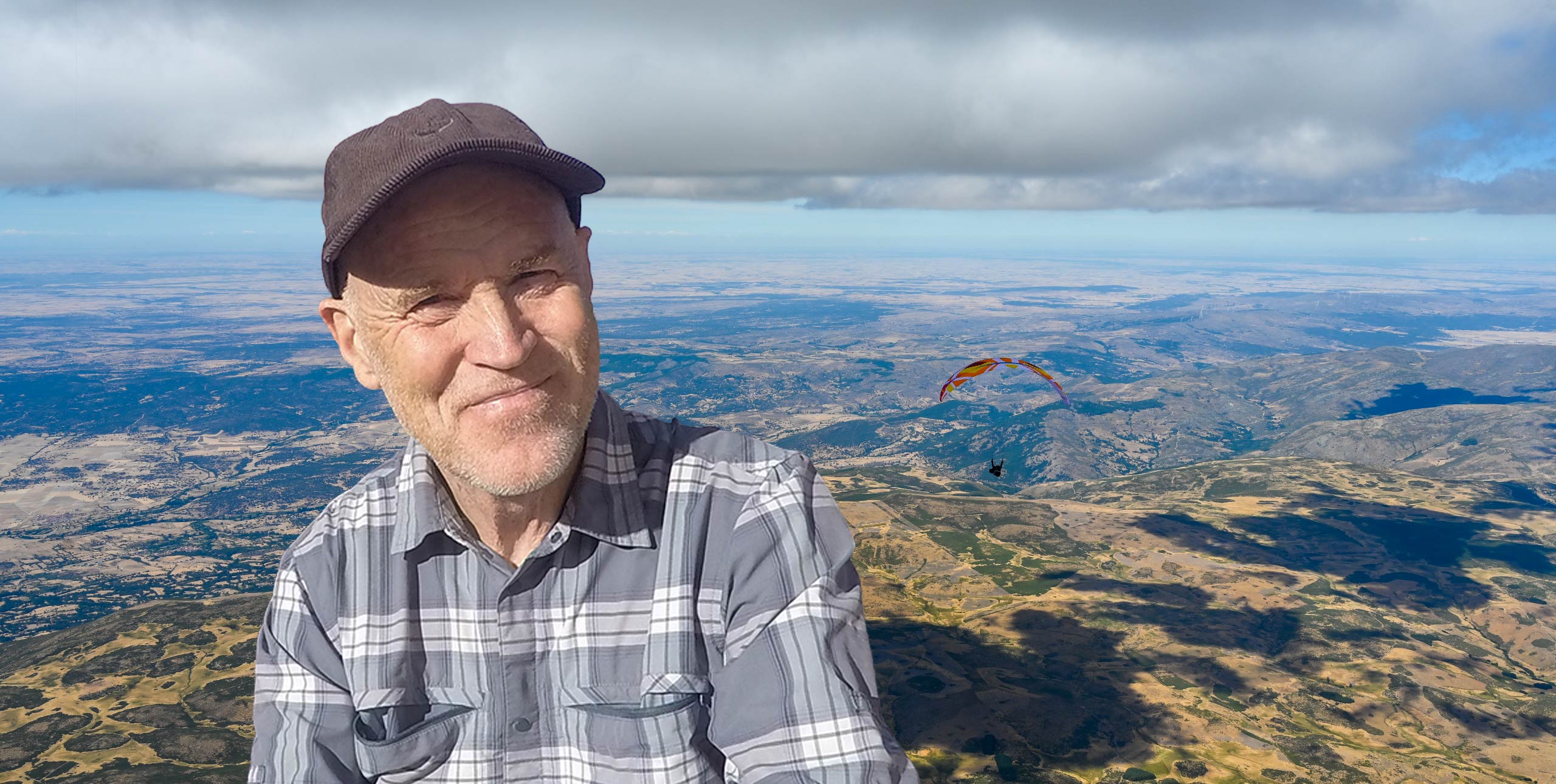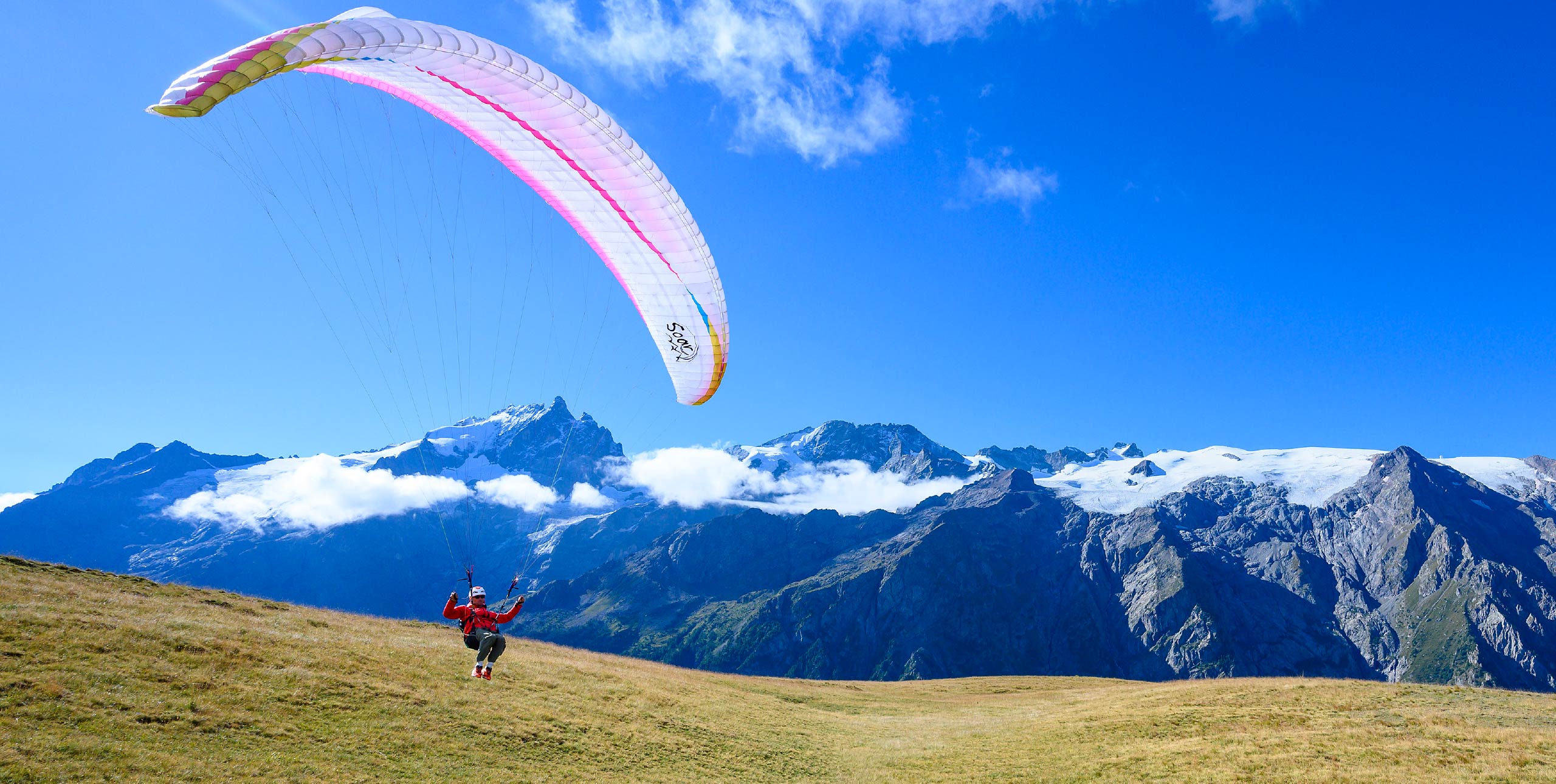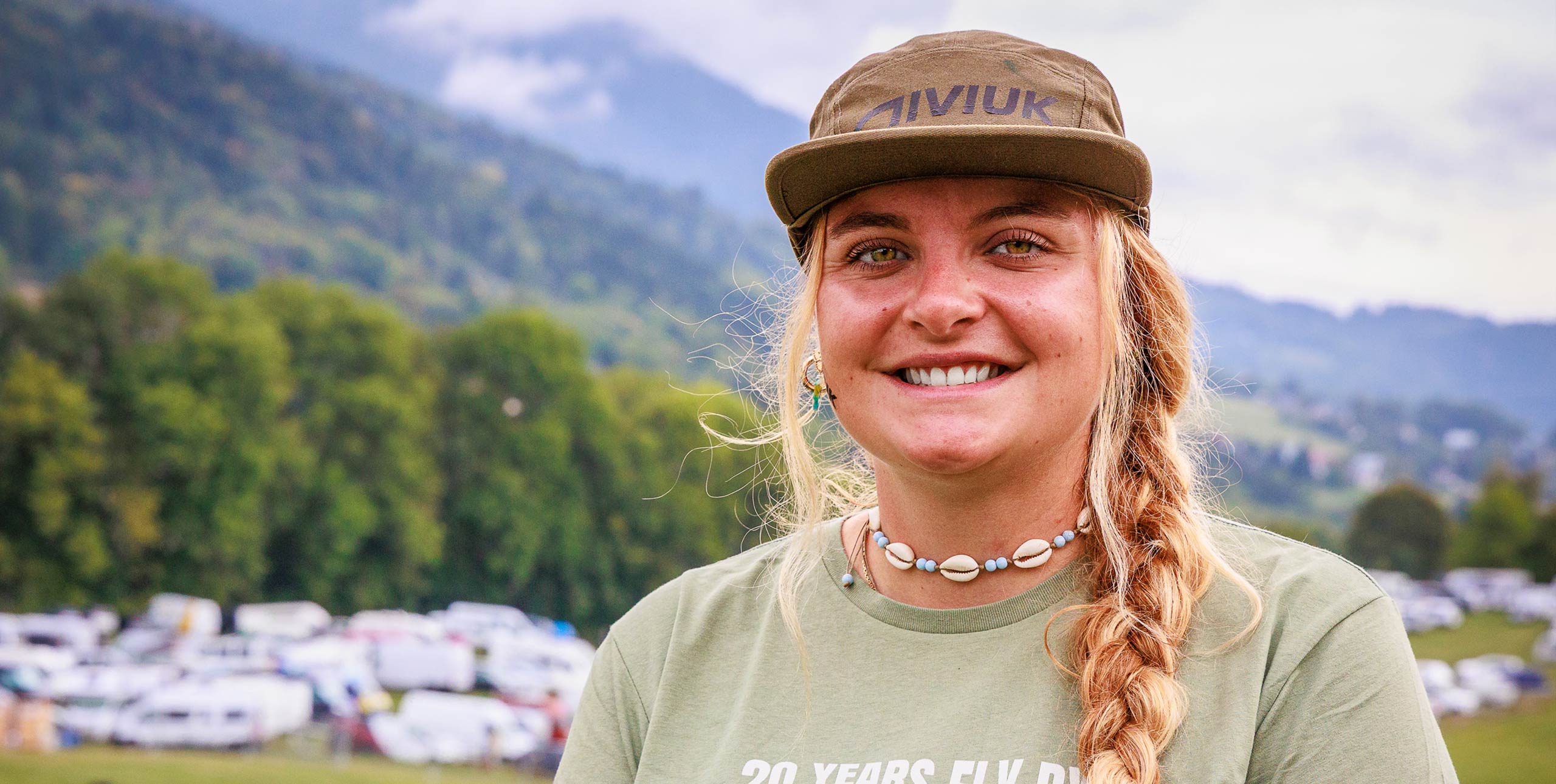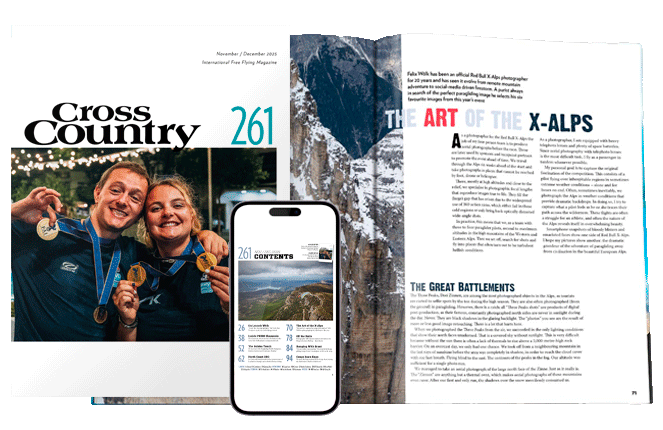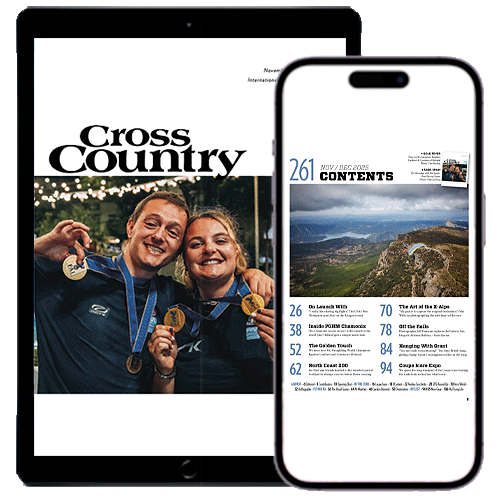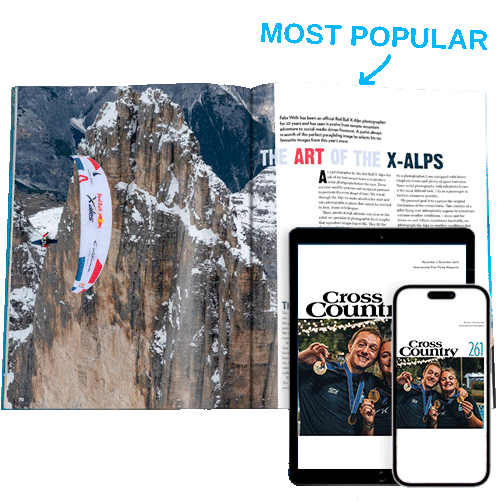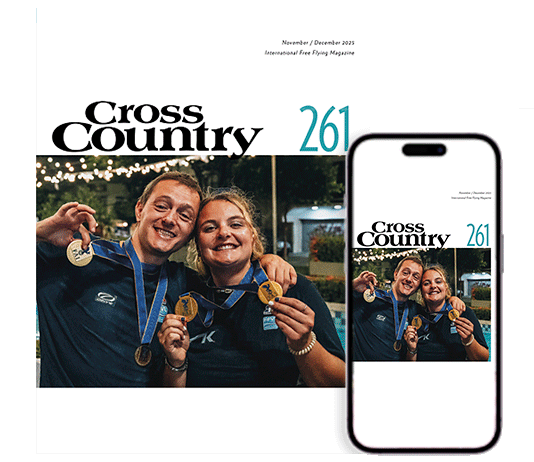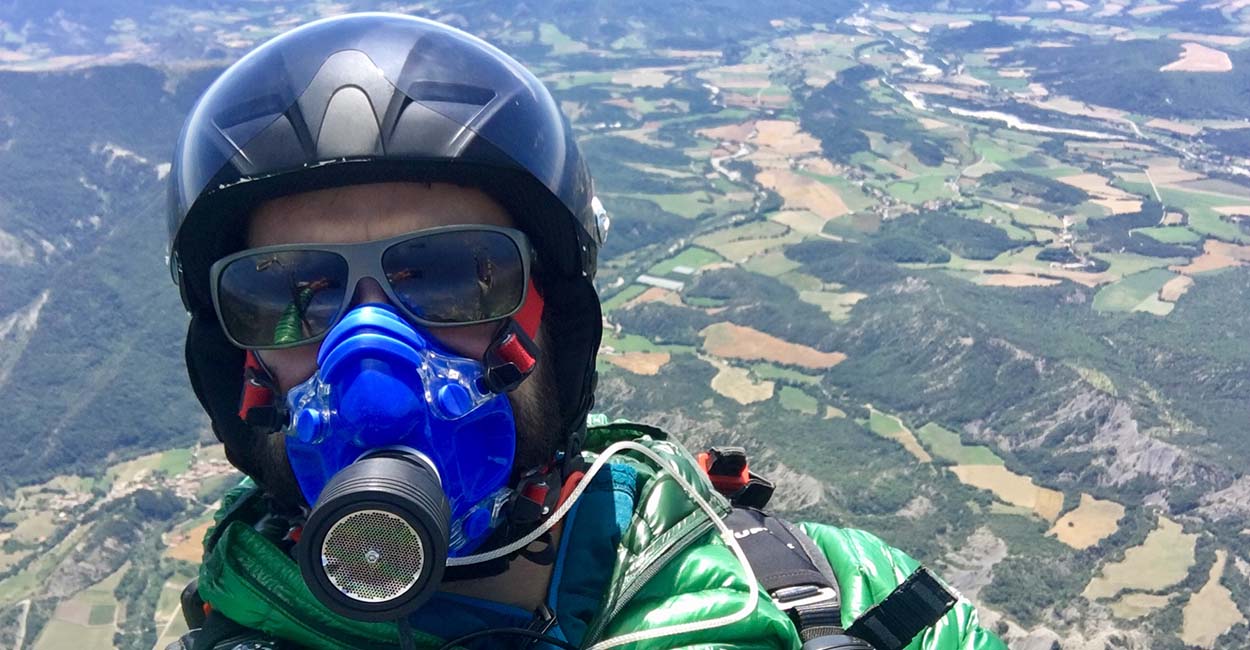
What happens to our bodies when we fly? Dr Matt Wilkes has been investigating exactly that. Welcome to the Free Flight Physiology Project
As my first instructor once told me: pilots crash, not paragliders. In other words, accidents aren’t due to equipment failure, they are due to human error. Just thinking about that as I progressed made me truly grateful for the ways in which our community has tried to keep us safe: from friendly advice on the hill, to wisdom shared in magazines, books and podcasts, to the calm instruction of SIV.
I am not a psychologist, nor an expert in human factors. As a doctor though, I did start to wonder: what if we better understood what happened to our bodies in flight? Maybe with a better appreciation of the context in which our brains made key decisions, we could further improve our safety and performance?
So, in late 2015, I joined forces with Gin Team Pilot and Professor of Zoology Adrian Thomas, altitude physiologist Dr Martin MacInnis and Dr Lucy Hawkes, an expert in studying high-flying birds: the Free Flight Physiology Project was born!
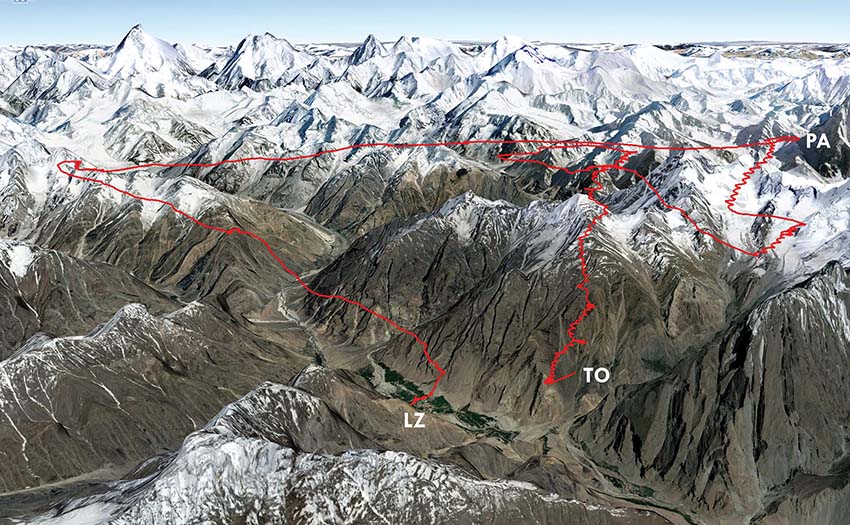
What to study?
Human physiology is complex at the best of times. Throw in cold, wind, low oxygen, UV radiation, turbulence, G forces and fear and it becomes even harder to pin down. In other fields, researchers have studied rapid decompression from pressurised aircraft or the slow, exhausting ascents of mountain climbers. But what about paragliders? From their work, we might expect changes in heart rate, breathing, vision, reaction times, working memory and mood in paraglider pilots flying above about 1,500m.
But paragliding is unique: we ascend over hours, not seconds or days, and we are constantly exposed to the elements. Maybe our physiology would be different to these other groups? The extraordinary flight of Antoine Girard to over 8,000m without oxygen in 2016 made the idea even more intriguing.
We knew we were getting into a longterm project. This first phase would just be the beginning. We also weren’t sure what (if anything) we would find. So, we started by asking two short questions…

